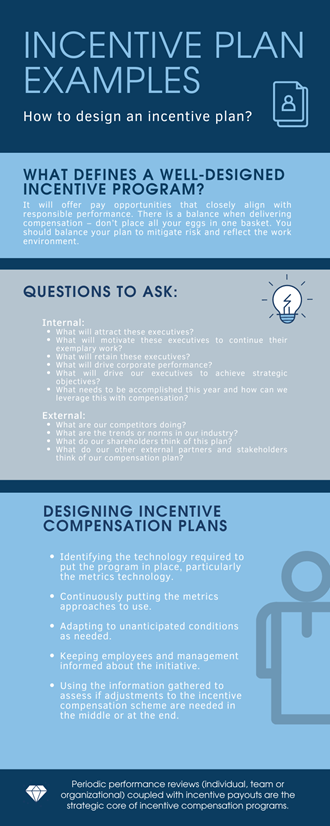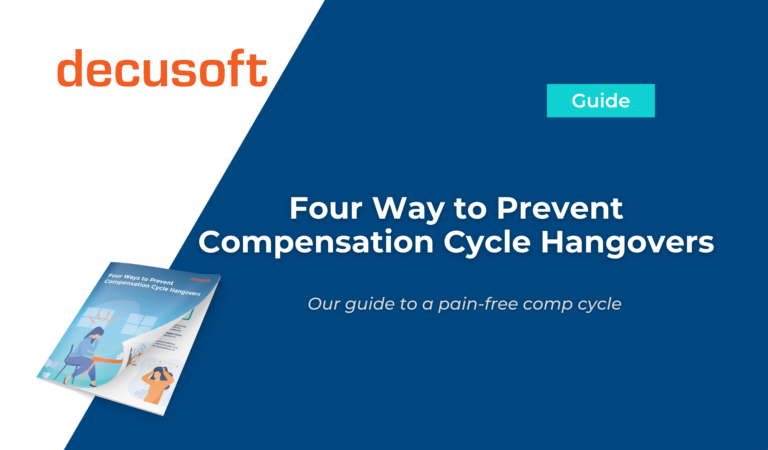Incentives have always played an essential part in motivating employees, but they have become even more crucial in recent years as competition has increased and more firms have faced difficult conditions. The appropriate compensation package may make a big difference in the outcomes your company gets. For many organizations, the decision between individual performance rewards and team incentives is crucial.
What are the benefits and drawbacks of each option, and which one is the greatest fit for your company? If you have a deeper grasp of all types of incentive structures, you will be able to choose the ideal option for your company.
Incentive pay systems are generally intended to increase staff efficiency and production, but they may also be used to improve employee recruitment, engagement, employee retention, and brand awareness. Incentive compensation schemes and recognition programs are based on the idea that rewards motivate people to behave in certain ways. When used in the workplace by senior management, employee incentive pay schemes allow companies to achieve specific goals by rewarding individuals who are responsible for achieving them.
How to design an incentive plan?
It’s a good idea to ask employees what sorts of incentives they’d like to get for their hard work when putting together a pay-for-performance incentive program. Your HR department and management committee should explain how bonuses may empower employees and what level of accomplishment is required to receive the bonus.
Staff should be aware of the methodology and eligibility conditions. It’s also important to lay out specific goals and definitions of success criteria that workers must meet in order to be eligible for the benefit. Check-in with the team on a regular basis to check how pleased they are with the compensation plan and whether it is improving employee motivation.
What Defines a Well-Designed Incentive Program?
A well-designed incentive program will offer pay opportunities that closely align with responsible performance. There is a balance when delivering compensation – don’t place all your eggs in one basket. You should balance your plan to mitigate risk and reflect the work environment.
When designing an incentive program ask the following questions:
Internal:
What will attract these executives?
What will motivate these executives to continue their exemplary work?
What will retain these executives?
What will drive corporate performance?
What will drive our executives to achieve strategic objectives?
What needs to be accomplished this year and how can we leverage this with compensation?
External:
What are our competitors doing?
What are the trends or norms in our industry?
What do our shareholders think of this plan?
What do our other external partners and stakeholders think of our compensation plan?
Team vs Individual Incentives
Advantages of Team Incentive Compensation Systems
Team incentives can improve corporate efficiency by ensuring that all teams are working toward the same objectives. Team incentives are determined by measurable operational indicators and are evaluated on a regular basis, whether on a short- or long-term basis. Team incentives may help your employees take ownership of their goals and incentives. Team incentives frequently result in increased efficiency measures that propel the business ahead while also promoting collaboration and communication in the workplace.
Team Incentive Systems Have Drawbacks
Team incentives may irritate high-level performers who believe they do not adequately represent their individual abilities.
Advantages of Individual Incentives
Individual incentives are based on the performance of the individual. This type of incentive is often used to help retain top performers. This incentive plan helps ensure compensation is commensurate with employee accomplishment. Individual incentives are appropriate for a society that values individualism and is prevalent in western cultures.
Disadvantages of Individual Incentives
A disadvantage of individual incentives is that factors that aren’t compensated may go unnoticed. Factors outside the employee’s control can influence incentive outcomes. It takes time to establish performance expectations, and unrealistic expectations will stifle motivation. Individual incentives may lead to a lack of confidence between employees and management.
Why use employee incentive programs?
High-performing employees are rewarded, while low-performing employees are overlooked or dismissed, which some think leads to higher overall corporate performance. However, in order to establish whether the incentive is finally performing as intended, prior study, planning, performance tracking, and assessment are required. Some analysts feel that when companies compete on a global basis, the business rationale for incentive compensation will become stronger.
Companies must first identify who will be eligible for compensation rewards and recognition before proceeding. Some typical qualifying requirements are as follows:
Occupational classification (such as production or sales)
Duration of service and starting pay
Occupational classification (such as executive or administrative)
The goal of the incentive
Incentives for individual vs. team performance
Metrics for employee performance or flexible work
Compensations and incentives for salespeople (profit sharing, commission)
What will be included in the compensation package? (for example, bonuses, stock, gift card, or cash)
When will the money be paid out? (every quarter or at the end of the year)
Designing Incentive Compensation Plans
There are five primary duties in the management of incentive compensation programs:
Identifying the technology required to put the program in place, particularly the metrics technology.
Continuously putting the metrics approaches to use.
Adapting to unanticipated conditions as needed.
Keeping employees and management informed about the initiative.
Using the information gathered to assess if adjustments to the incentive compensation scheme are needed in the middle or at the end.
Incentive compensation plans might be harmed by economic uncertainty. Incentive pay objectives might become so unreasonable during a recession that the incentive to excel is eliminated. A boom, on the other hand, might make incentive compensation targets so simple to achieve that the motivation to exceed is lost. Variable pay, on the other hand, can be an effective countermeasure to pay freezes.
Legal Concerns
When establishing and administering incentive pay schemes, employers must address a number of legal problems. For the most part, legal matters are determined by the following factors:
The incentive’s nature (money-based, stock-based or prize-based).
The employee’s position as an exempt or nonexempt employee under the Fair Labor Standards Act.
Whether the incentive plan is a defined contribution, defined benefit, or welfare benefit plan under the Employee Retirement Income Security Act (ERISA).
Making adjustments to plans before they expire is a good idea.
Program Monitoring
Periodic performance reviews (individual, team or organizational) coupled with incentive payouts are the strategic core of incentive compensation programs.
Many incentive compensation programs fail for the following reasons:
Employee input was not sought, so no one understood what actually motivates workers.
The performance goals were unclear or unrealistic.
The incentive plan was too aggressive and encouraged the wrong behavior from employees to meet targets.
The plan failed to state performance goals that are within the target employees’ scope of influence.
The performance standards were changed midstream.
The performance standards were not objective.




